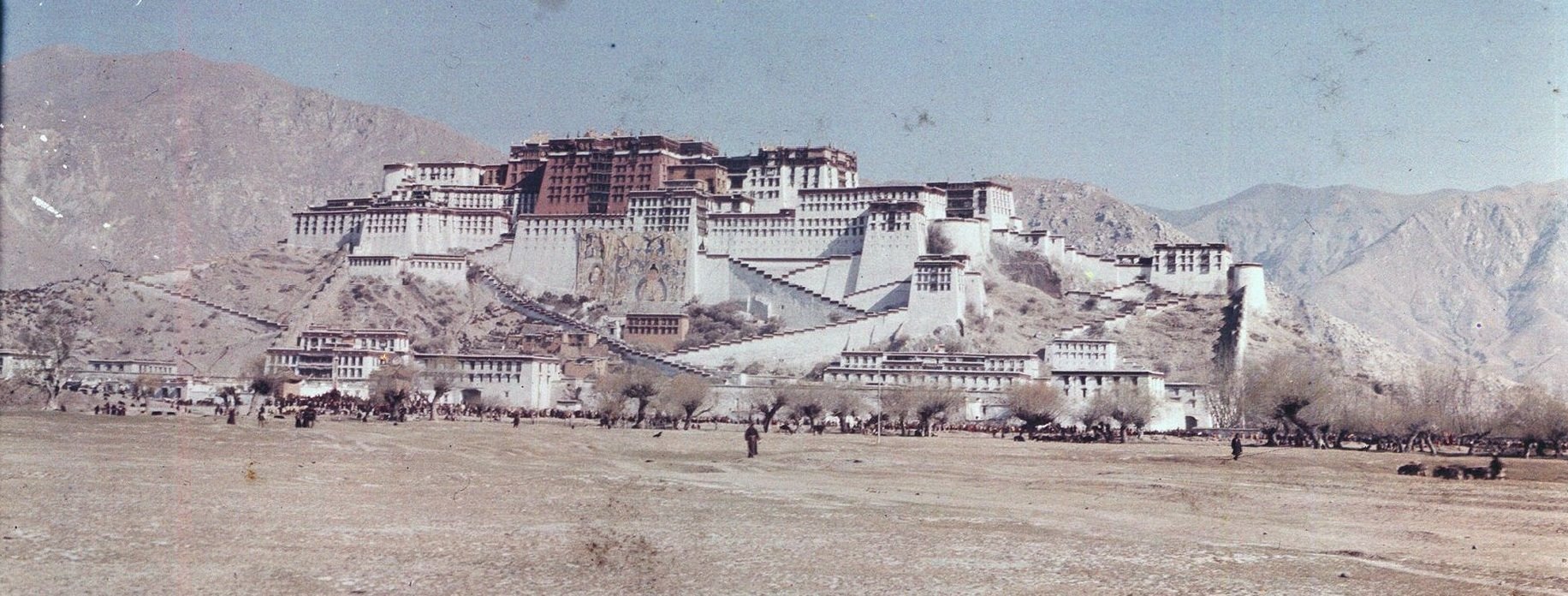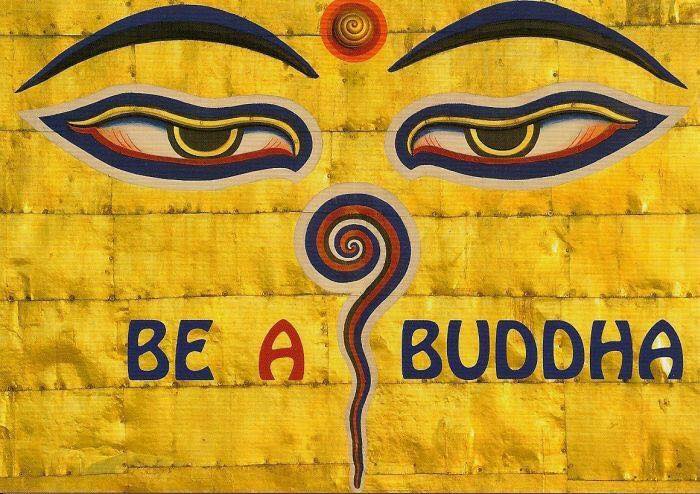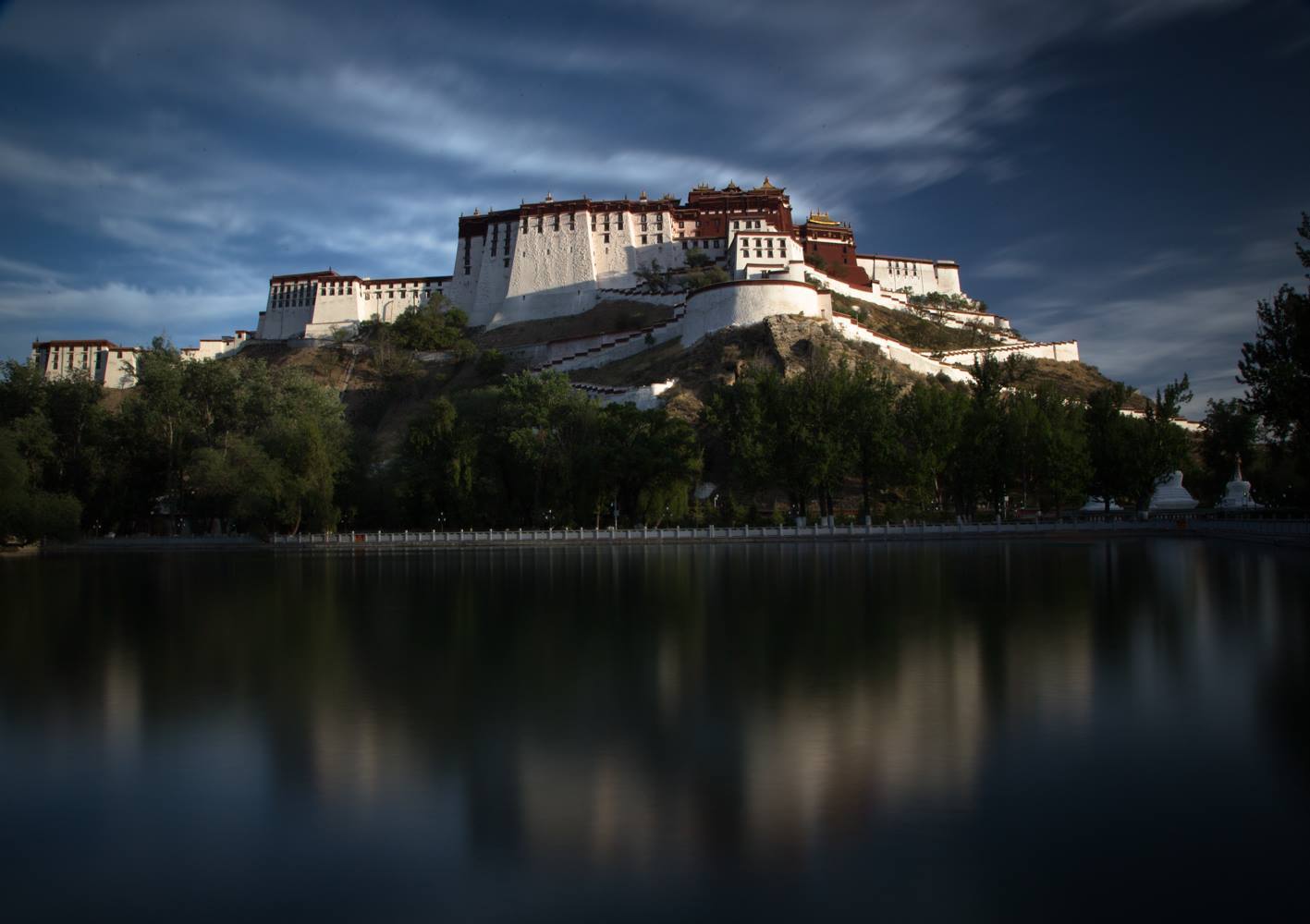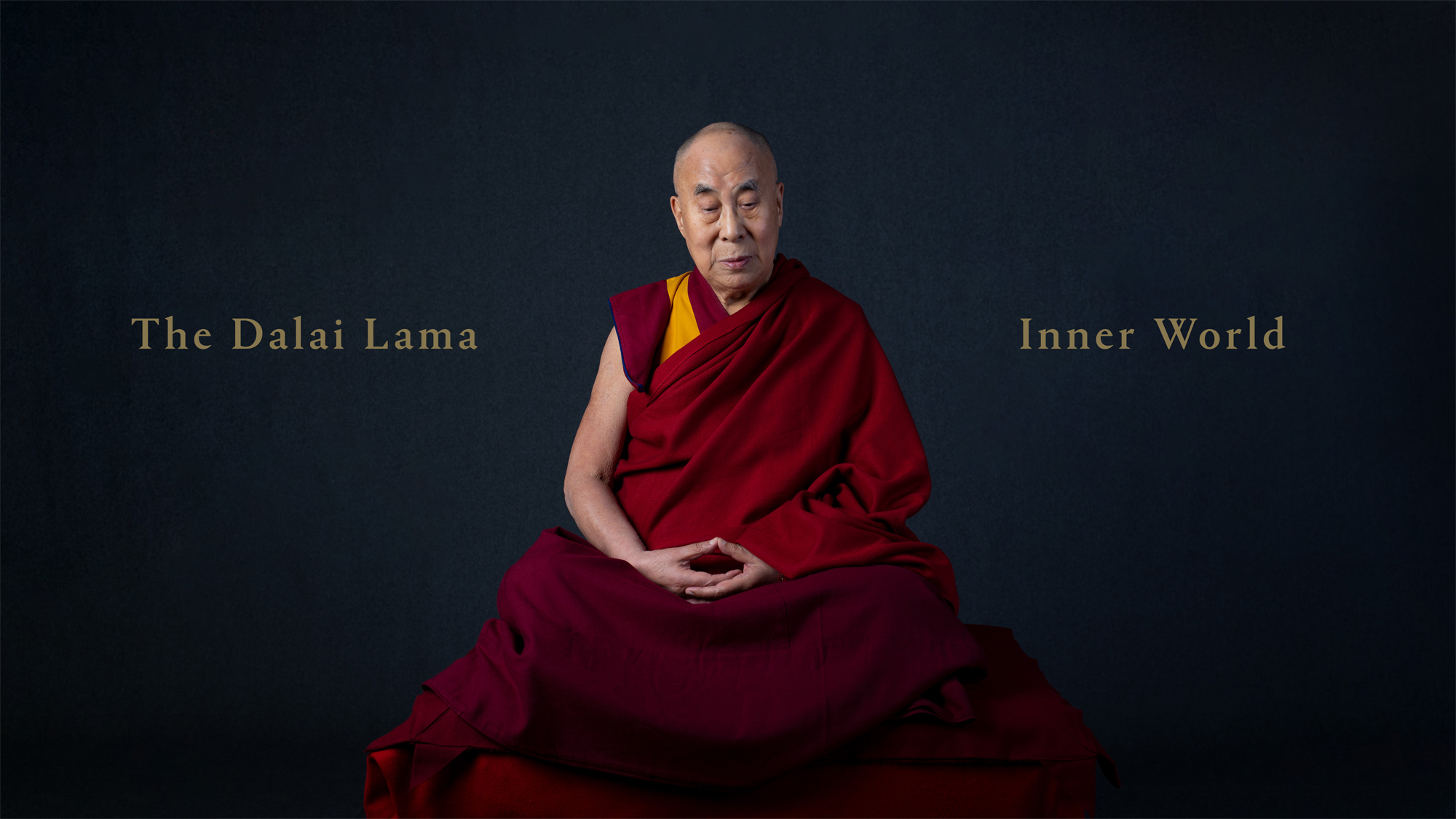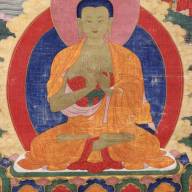
The Buddha described all worldly phenomena as having three characteristics: impermanence, suffering and nonself. We suffer because we imagine what is not self to be self, what is impermanent to be permanent, and what, from an ultimate viewpoint, is pain to be pleasure. Existence with these three characteristics is called samsara, which means we are continually flowing, moving on, from one moment to the next moment, and from one life to the next life. Samsara is not the actual external world or life itself, but the way we interpret them.
Samsara is life as we live it under the influence of ignorance, the subjective world each of us creates for ourselves. This world contains good and evil, joy and pain, but they are relative, not absolute; they can be defined only in relationship to each other and are continually changing into their opposites. Although samsara seems to be all-powerful and all-pervading, it is created by our own state of mind, like the world of a dream, and it can be dissolved into nothingness just like awakening from a dream. When someone awakens to reality, even for a moment, the world does not disappear but is experienced in its true nature: pure, brilliant, sacred and indestructible.
The key to the Buddha’s realization and teaching is the understanding of causality, because it is only when we know the cause of something that we can truly bring it to an end and prevent it from arising again. In his search for the origin of suffering, he found that he had to go right back to the very beginning, to the very first flicker of individual self-awareness. In his spiritual practice, too, he always went further and further, never satisfied with the states of knowledge, peace and bliss that he attained under the guidance of his teachers. He always wanted to know their cause and to see what lay beyond. In this way, he surpassed his teachers and eventually attained his great awakening.
Samsara is like a sickness; the Buddha, who was called the Great Physician, offers a cure; but the patient must recognize the illness, with its causes, its symptoms, and its effects, before the cure can begin.
The Buddha awoke to a state of perfect enlightenment, which he described as deathless, unborn and unchanging. If it were not for that, he said, there could be no escape from birth and death, impermanence and suffering. There is indeed a condition of ultimate peace, bliss, knowledge and freedom, but to reach it, we must first understand the cycle of conditioned existence in which we are imprisoned. Samsara is like a sickness; the Buddha, who was called the Great Physician, offers a cure; but the patient must recognize the illness, with its causes, its symptoms, and its effects, before the cure can begin.
The Buddha discovered the whole causal process of samsara, the complete cycle of the stages of cause and effect. According to tradition, he once described this process in a series of images, so that it could be sent in pictorial form to the king of a neighboring country who had inquired about his teaching. An artist drew the images according to the Buddha’s instructions, illustrating the whole realm of samsaric existence from which we seek liberation. This picture is known as the wheel of life and is familiar throughout the Buddhist world. It springs from the same tradition of imagery that flowers so dramatically in vajrayana, but goes back to the beginnings of Buddhism.
The outer rim of the wheel of life is divided into twelve sections, each containing a small picture. These represent the twelve links in the chain of cause and effect, known as dependent arising or, as Chögyam Trungpa Rinpoche put it, the samsaric chain reaction. The twelve links can be seen as stages in the evolution of the individual human being (or any other living being), but at the same time they can be applied to one’s states of mind, which are continuously arising, developing, and passing away.



